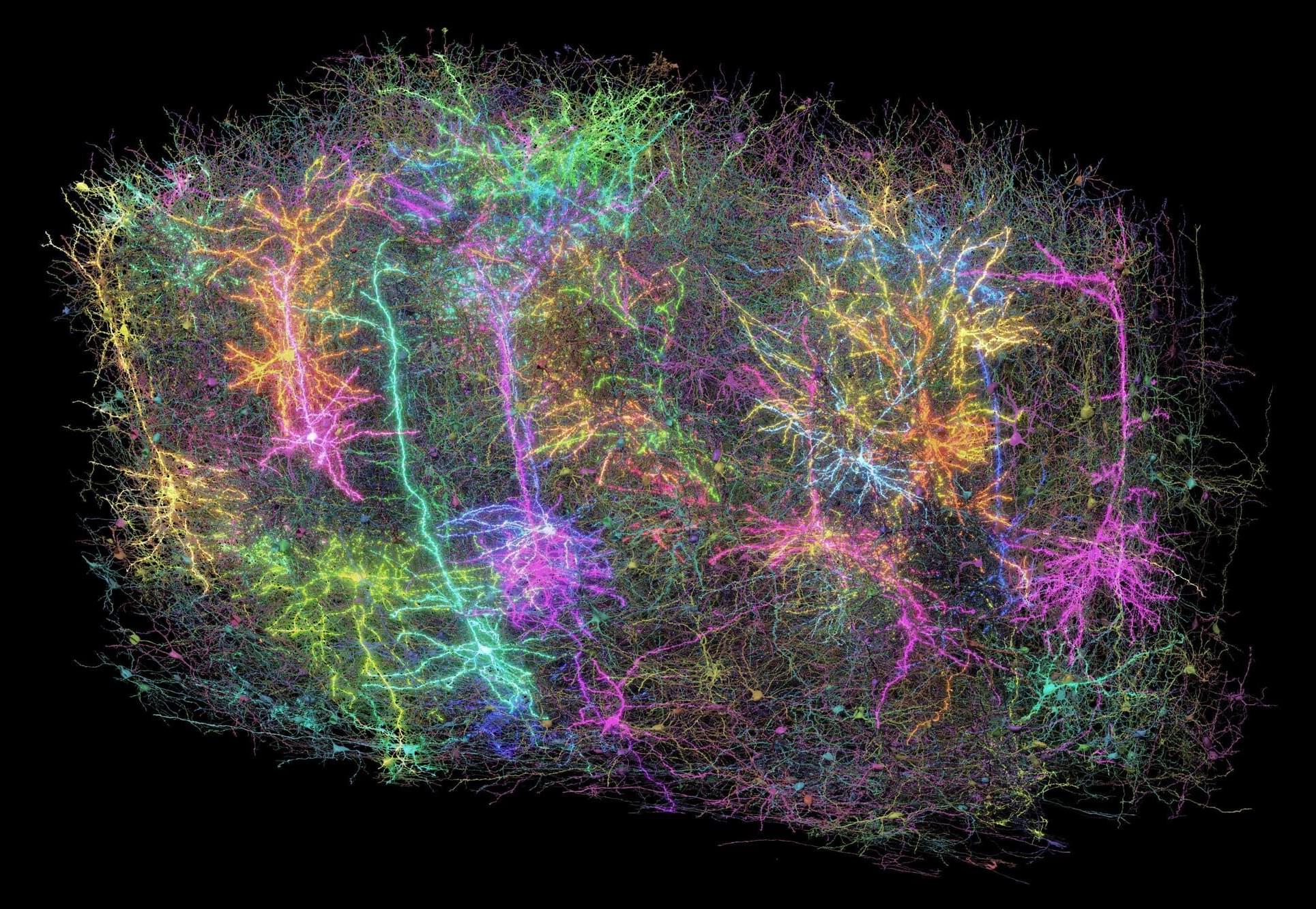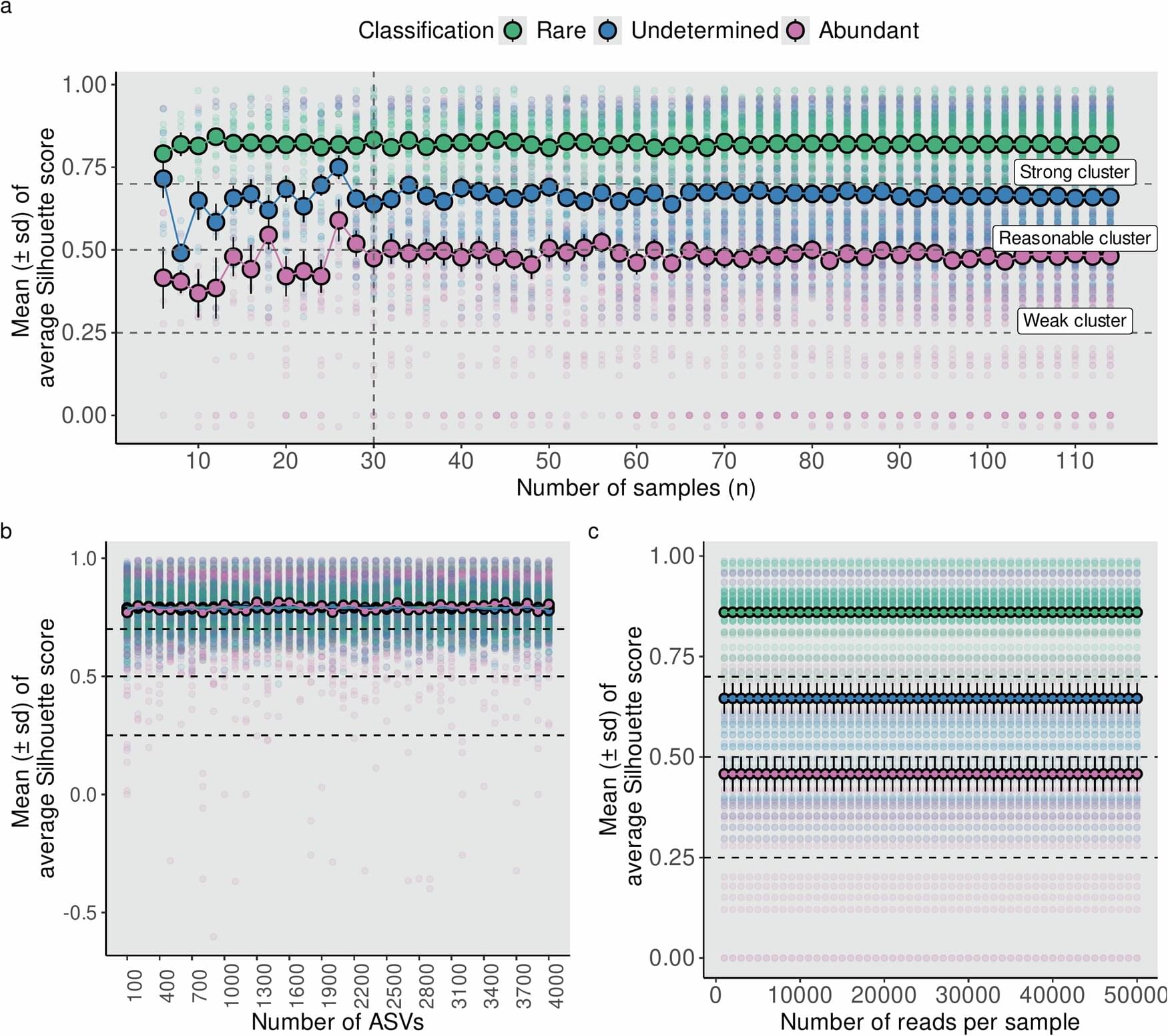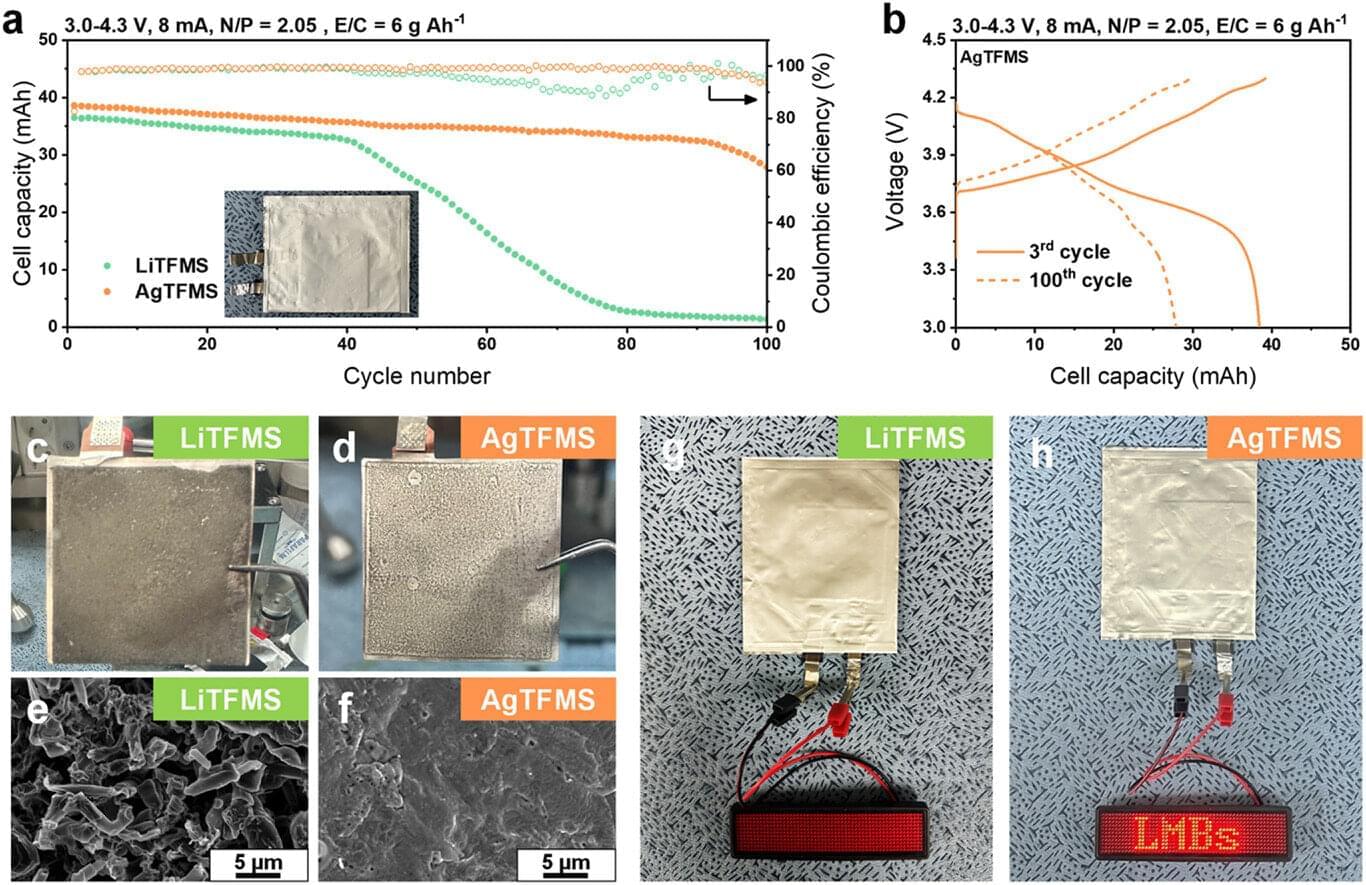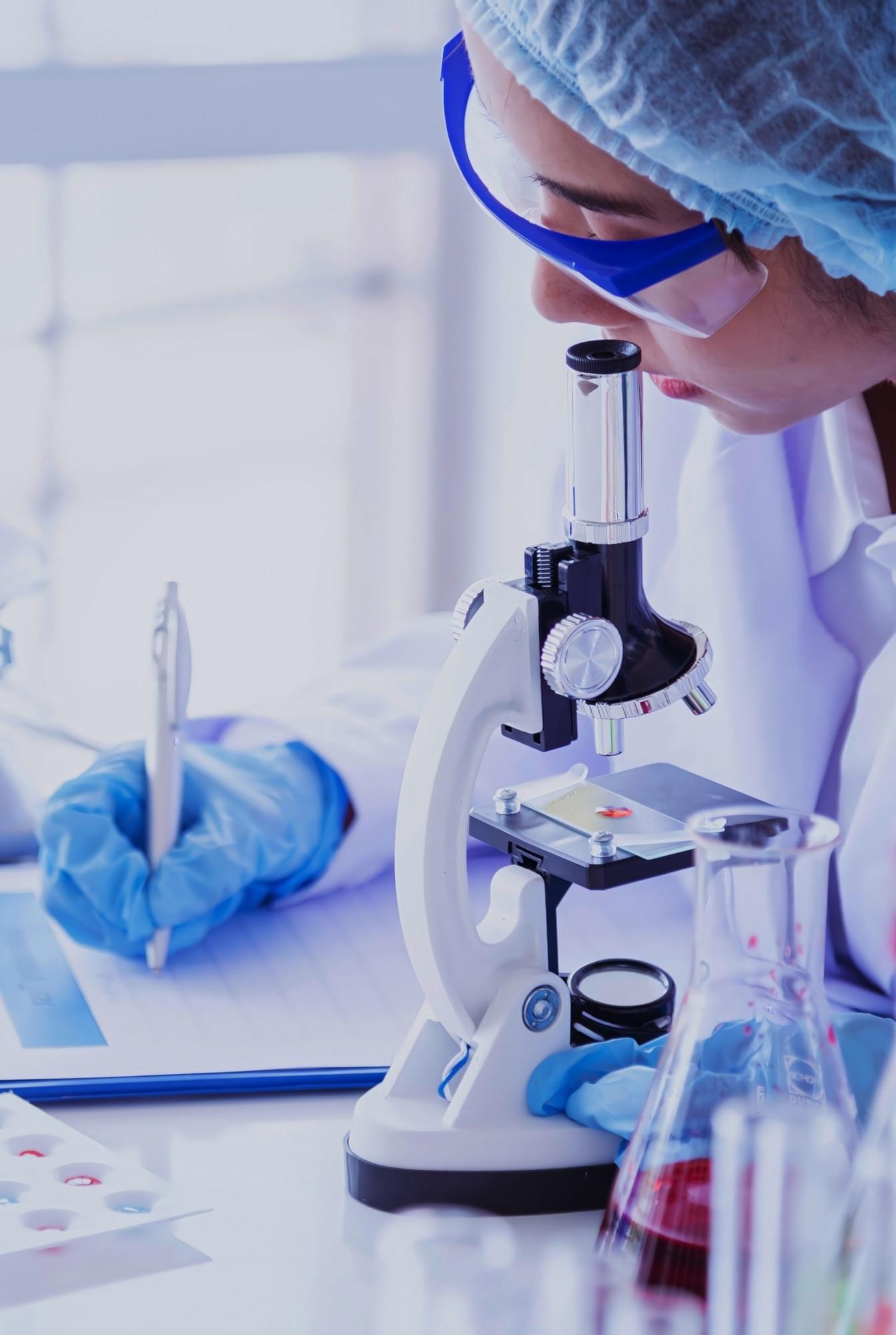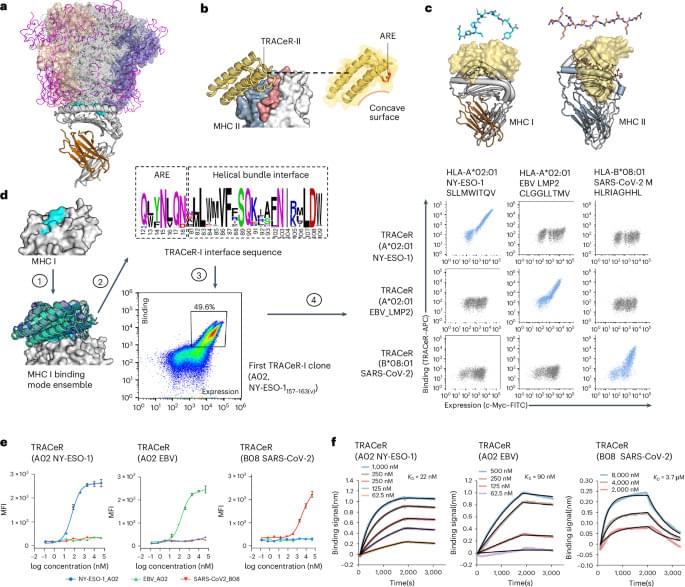Thanks to a mouse watching clips from “The Matrix,” scientists have created the largest functional map of a brain to date—a diagram of the wiring connecting 84,000 neurons as they fire off messages.
Using a piece of that mouse’s brain about the size of a poppy seed, the researchers identified those neurons and traced how they communicated via branch-like fibers through a surprising 500 million junctions called synapses.
The massive dataset, published Wednesday by the journal Nature, marks a step toward unraveling the mystery of how our brains work. The data, assembled in a 3D reconstruction colored to delineate different brain circuitry, is open to scientists worldwide for additional research—and for the simply curious to take a peek.
